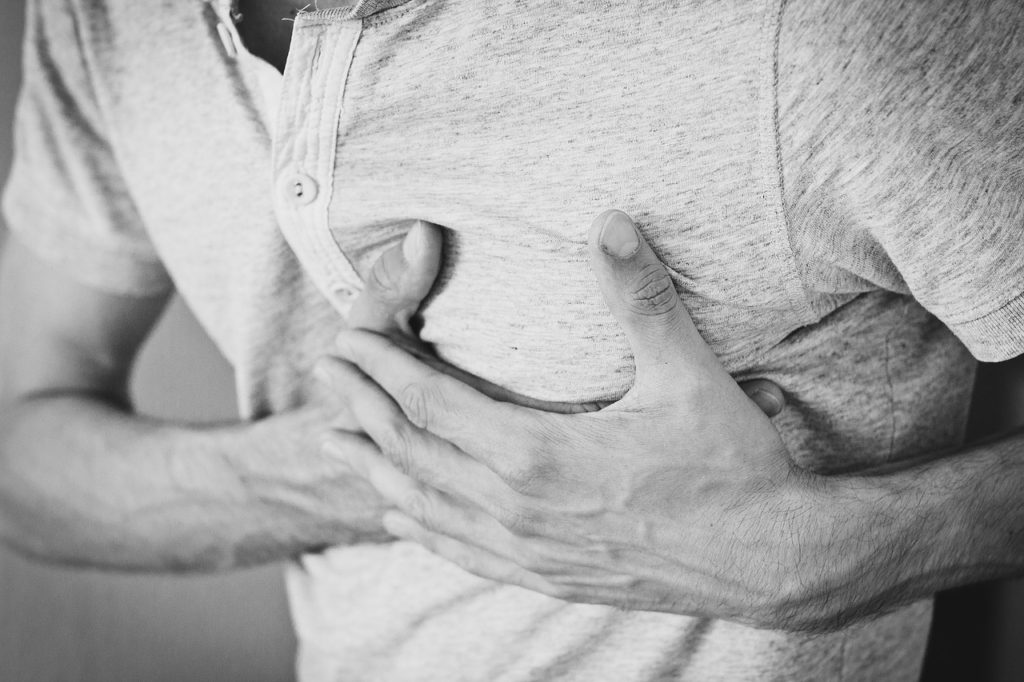Amy and Rebecca from Houston Sent us these two heartburn acid reflux related questions over the past few days:
Amy,
“I have had the Linx procedure about 2 years ago and have suffered with chest pain many times. Feels like a heart attack and pain takes hours and a lot of pain meds to make it go away. I am just beside myself at this point and want a second opinion.”
Rebecca,
“My husband had a Linx device implanted approximately 5 years ago. Over the past several weeks he has been complaining of chest pain at device area and has dealt with off and on pain the entire time, occasionally w/heartburn and reflux. It has escalated only recently. Recommendations?”
Dear Amy and Rebecca,
Chest pain is a serious complaint. The causes of chest pain are numerous and may range from anxiety, to acid reflux and up to heart attack. Therefore, any time someone complains of chest pain, thorough medical evaluation is warranted. Pain related to LINX™ device is not uncommon and may result from the device itself or uncontrolled acid reflux. Uncontrolled acid reflux in the setting of LINX™ is easily detected using upper endoscopy and ambulatory pH testing. Treatment of acid reflux in the setting LINX™ device ranges from lifestyle changes to LINX™ removal and conversion to Nissen fundoplication and redo hiatal hernia repair. In the absence of acid reflux, additional testing is recommended including esophageal manometry and contrast study to evaluate esophageal motility and emptying. Poor esophageal motility may be associated with pain especially during swallowing. Dysphagia or difficulty swallowing is commonly present. Treatment of esophageal dysmotility, pain and dysphagia secondary to LINX™ device requires LINX™ device removal and conversion to partial fundoplication with redo hiatal hernia if necessary. Esophageal spasm secondary to LINX™ device is first treated with antispasmodic medications and if symptoms do not improve, LINX™ device removal is indicated. LINX™ device erosion is fortunately rare and may be associated with pain, fever and dysphagia. In the case of LINX™ erosion, device removal using endoscopy or laparoscopy is needed.
In certain cases, there is no identifiable cause for pain in the setting of LINX™ device. Work-up is negative and shows no abnormalities. We still don’t understand the exact etiology and pathophysiology of LINX™ related pain in these cases. Luckily, LINX™ device removal in these cases results in pain resolution.
Whatever your case may be, please do not ignore chest pain and get evaluated not only by an acid reflux specialist but also by a cardiologist to avoid missing a serious condition that may adversely affect your health and life.

